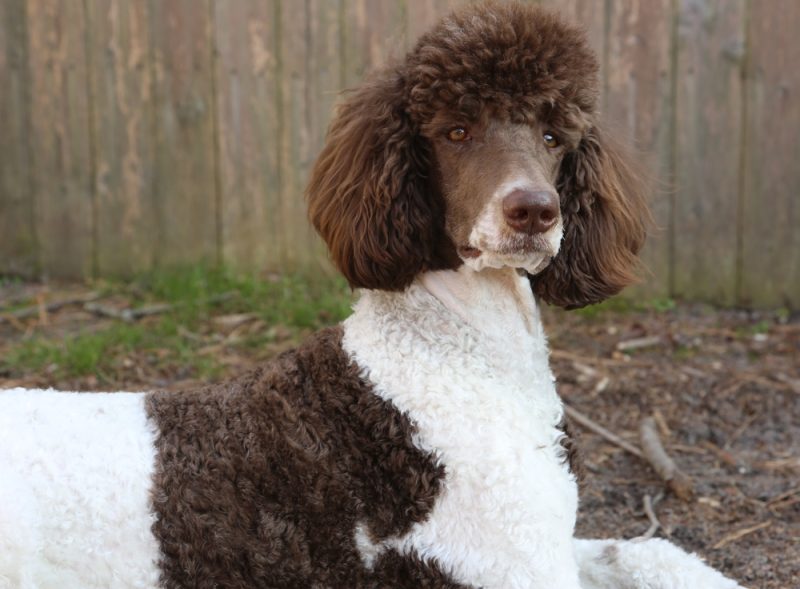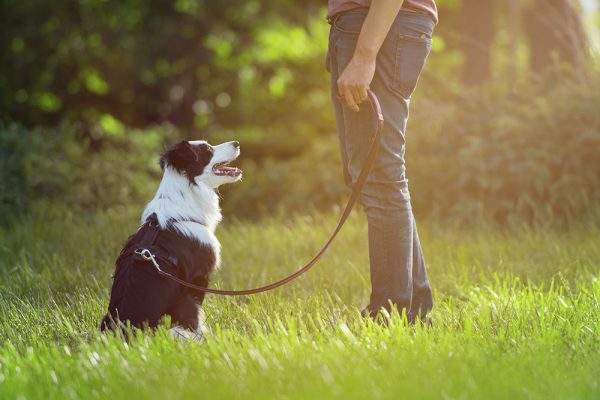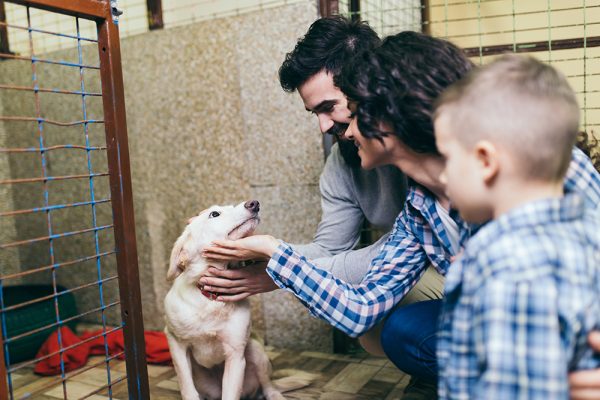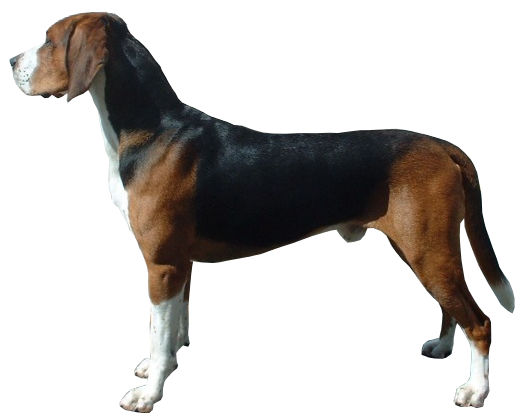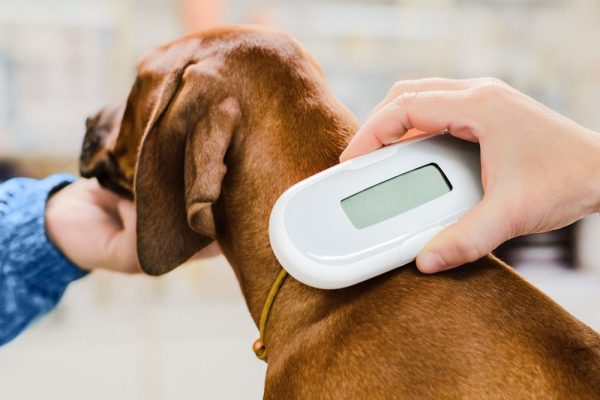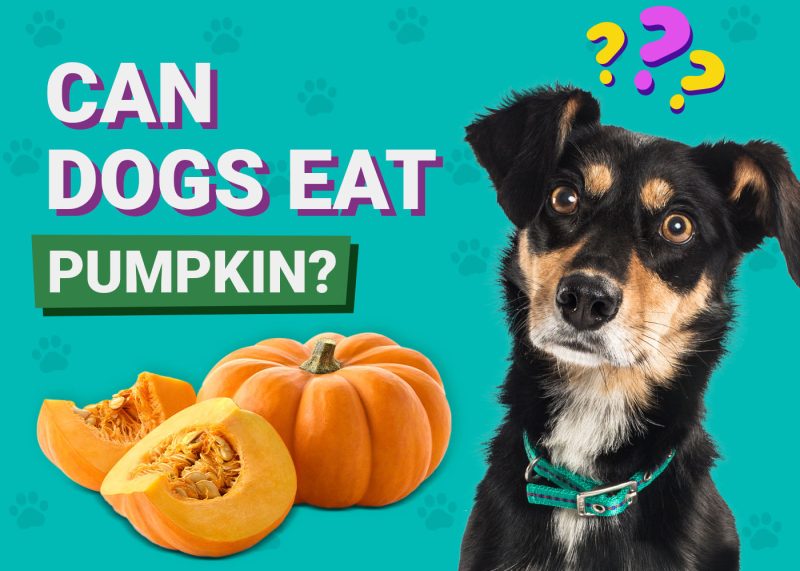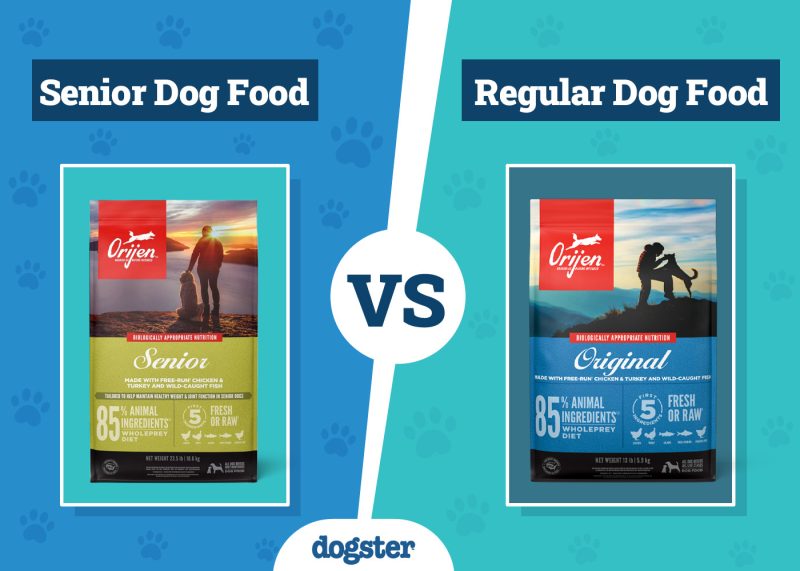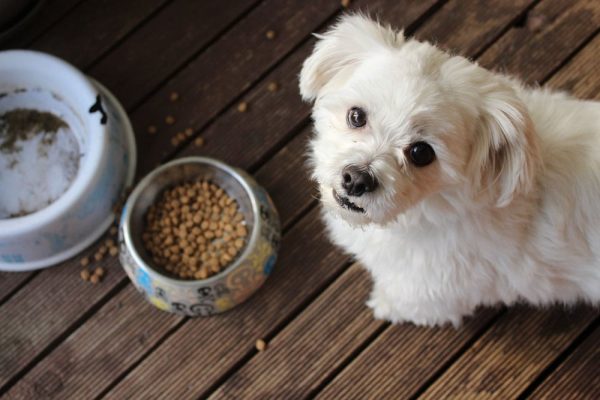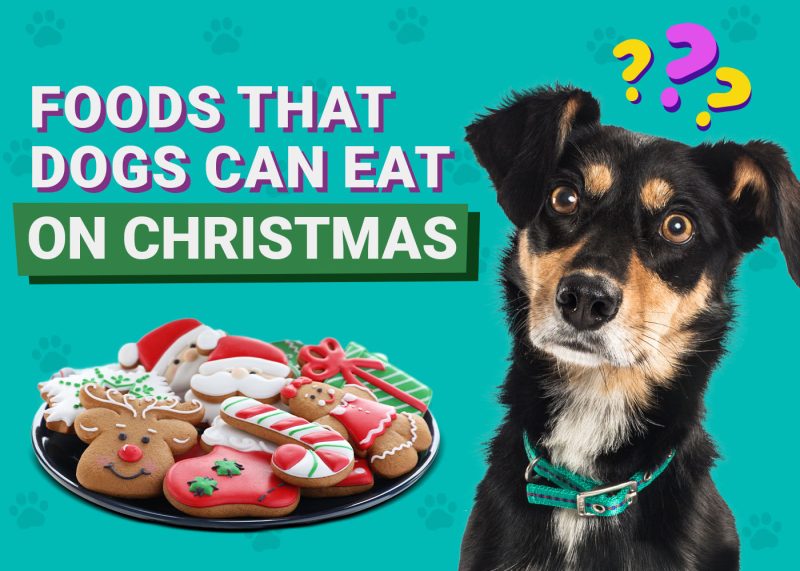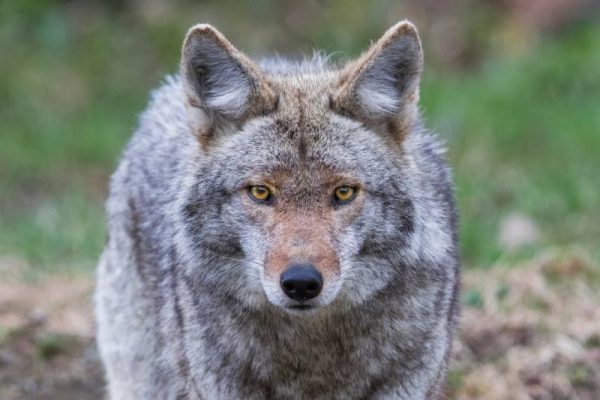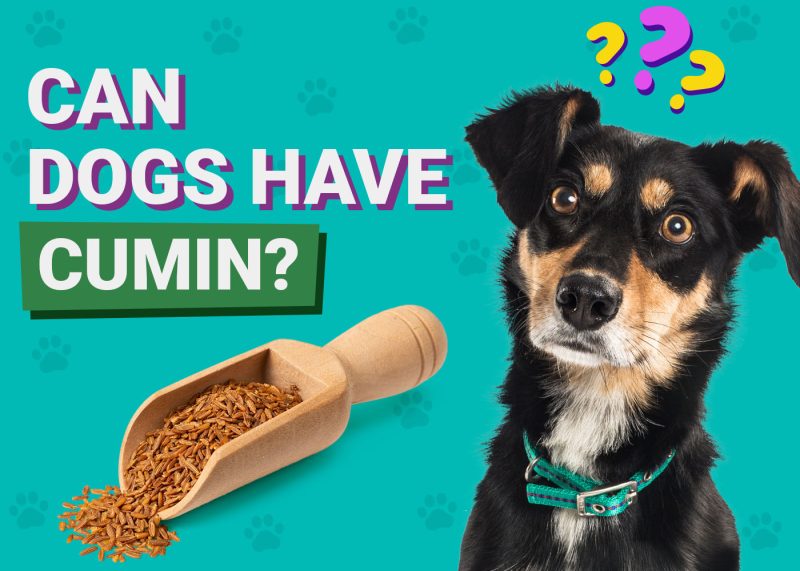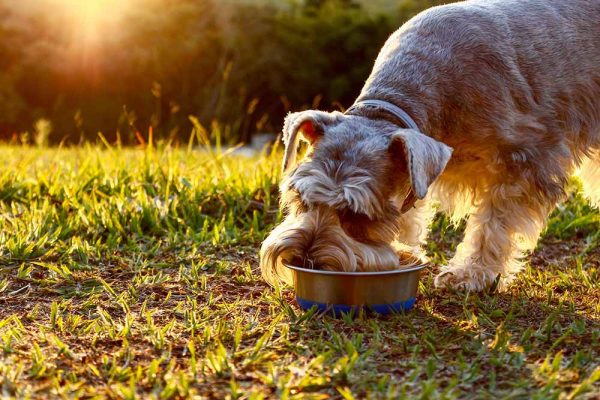In this article
Many people have both dogs and cats in their homes. With the high cost of pet food, some owners are starting to wonder what the differences are between dog and cat food and if both animals can eat the same thing.
If this is the case in your home and you would like to know if you can cut costs by combining foods, keep reading as we look at the ingredients and nutritional content of each type to see how they differ and how they are the same so you can make an informed decision.

Overview of Cat Food
What Is Cat Food?
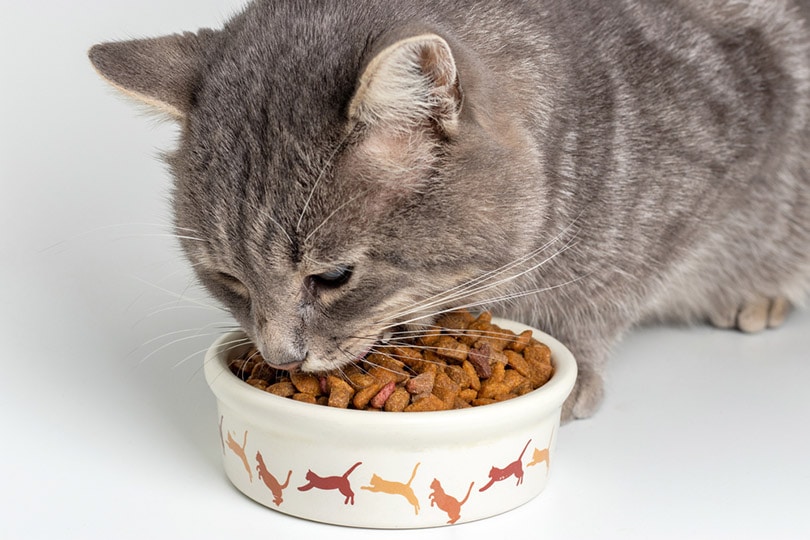
There are four basic types of commercially available cat food: wet, dry, fresh, and raw. Wet cat food’s main characteristic is that it is high moisture and processed diet, sealed inside a can to store and preserve it for longer periods. Dry food is often made of rendered ingredients or meals that are dehydrated and pressure-cooked into hard, crunchy pellets. Fresh food is prepared with minimally processed whole-food ingredients that are gently cooked to preserve their nutritional value. Raw foods consist of raw meats, ground bones, and supplements. As long as there is a “nutritionally complete” statement on the label, any of these options will provide your cat with a balanced meal.
Cats are strictly carnivorous, so they require food high in animal protein. Unlike humans, they do not require any fruits, vegetables, or other plant matter in their diet. Animal proteins provide the cat with the crucial amino acids, taurine and arginine, that their bodies cannot create.
Also, felines are unable to efficiently convert linoleic acid to arachidonic acid, so they must ingest it in their diet. Deficiencies in arachidonic acid result in insufficient platelet aggregation and poor reproduction performance. Arachidonate is sourced from animal fats and tissues, particularly fatty acids from cellular membranes.
Which Type of Cat Food Should I Choose?
When choosing a type of food for your cat, we recommend fresh food over the other options, since it is a safe, less processed, and more natural option. That said, all of them have their pros and cons. The price range, availability, and easy storage of dry kibble make it popular among most pet parents. However, moisture-rich options like fresh, raw, and wet food can be ideal, as their water content helps cats stay hydrated. Felines usually prefer moisture-rich food because it is usually more palatable and contains pieces of real meat, so it’s a great way to get a stubborn cat to eat again or to give them medication. However, it is not something that you can leave out all day for your cat to eat whenever they feel like it.
- A complete meal for obligate carnivores
- Not suitable for dogs

Overview of Dog Food
What Is Dog Food?
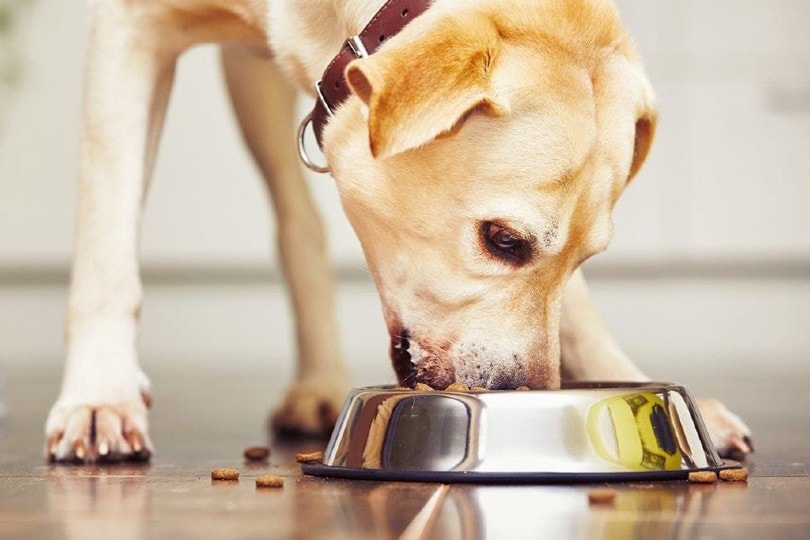
Dog food is similar to cat food in many ways. Commercially available dog food also comes in four different options: raw, fresh, wet, and dry. If you compare one to the same kind of cat food, they will look quite similar, which is likely why many people wonder if you can mix and match the two types of food.
Dogs are also carnivores, but unlike cats, they are “facultative carnivores” and have adapted to having starches, grains, fruits, and vegetables in their diet along with animal protein, which should, as carnivores still be the basis of their nutrition. Unlike cats, the canine body can create taurine, so they don’t require their food to include it. However, they do require the food to have the right precursors, namely the sulfur-containing amino acids, cysteine and methionine.
Another big difference between cats and dogs is that dogs can synthesize vitamin A from beta-carotene precursors while cats need to ingest it directly as retinoids from meat and animal products. Therefore, dog food will be deficient in vitamin A, taurine, and arginine for your cat, and depending on the brand you feed, it may not contain enough protein to sustain their body’s health.
- A complete meal for facultative carnivores
- Not suitable for cats

What If My Cat Eats Dog Food?
If your cat ate some dog food while you weren’t looking, rest assured that they will be fine. That said, dog food does not contain the same nutritional composition that a cat needs to stay healthy. The biggest nutrients that dog food is likely to be deficient in are taurine and arginine, both essential amino acids required for felines to ingest in their diet. A long-term deficiency in taurine will result in heart, eye, and digestive problems. Insufficient arginine will result in vomiting, neurological signs, loss of muscle control, spasms, and death due to the inability to convert ammonia nitrogen from proteins into urea in the cat’s liver.
Likewise, dog food does not contain the required amount of vitamin A that your cat needs to keep a healthy immune system and eyesight. Typically, the amount of animal-derived protein in dog food is lower than what your cat requires, so both the macronutrient and micronutrient balance in dog food is not suitable for your cat to maintain their health.
Lastly, since cats have a limited amylase enzyme activity, they do not possess the same ability to digest starches. Eating dog food that contains larger amounts of these ingredients can upset your cat’s gastrointestinal tract.
What If My Dog Eats Cat Food?
Dogs are facultative carnivores, which means they are opportunistic scavengers and can eat a wide range of foods. If they were to eat cat food when you weren’t looking, they would be fine. Dogs are much less picky about what they eat, which is why they are more likely to seek out the cat’s food, but just like when a cat eats dog food, the nutrient balance that it contains will not be in the correct amounts for a dog. Cat food is higher in protein and fats compared to dog food, which is why it can cause your dog to have an upset stomach and possibly diarrhea after consuming it, even just once. If it becomes a habit, weight gain or pancreatic or kidney problems are possibilities.

Our Favorite Cat Food
Smalls Real Food for Cats
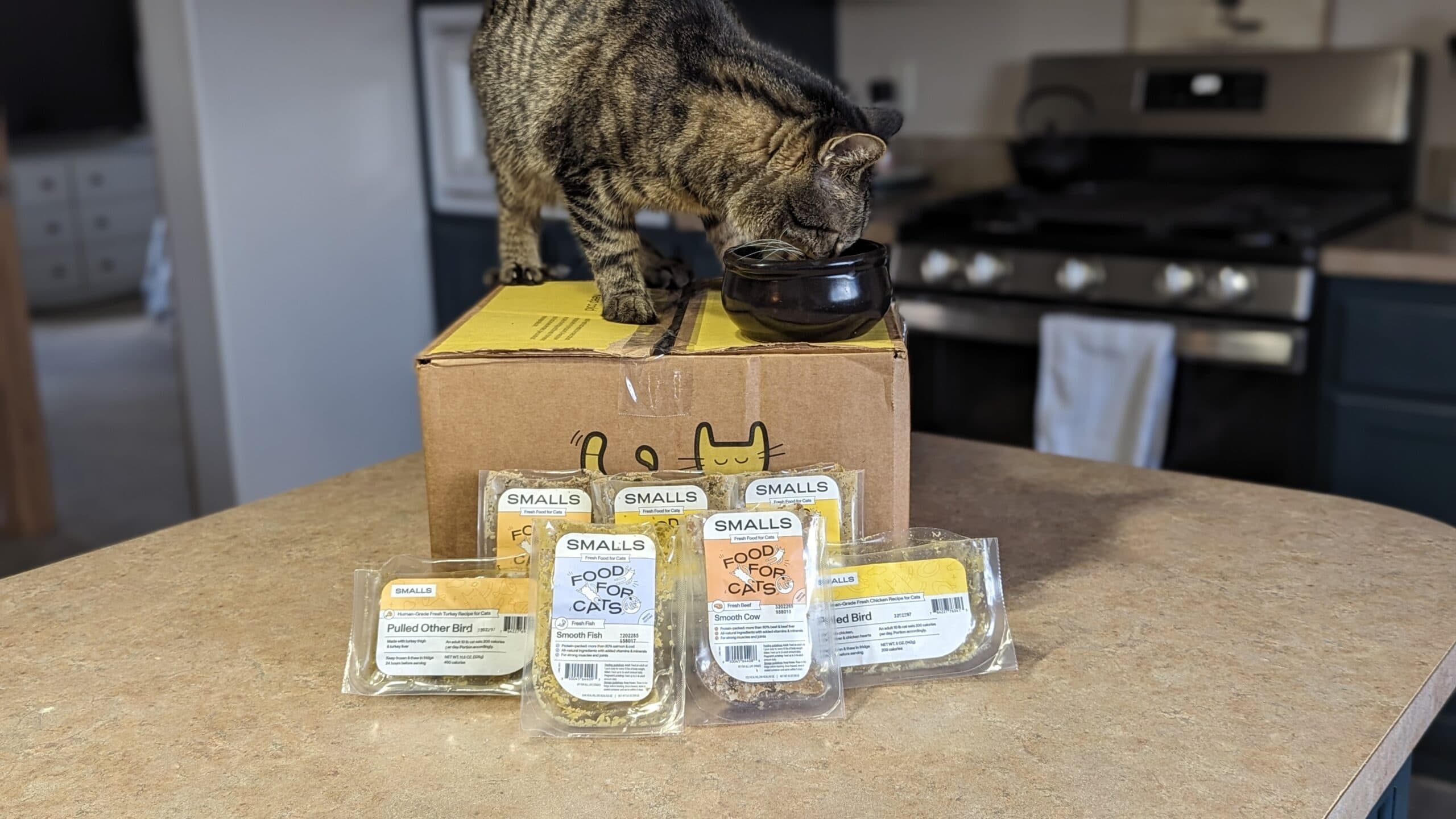
+ Get Free Shipping & Treats!
Smalls Real Food for Cats is our favorite cat food. It comes in several different recipes that are based on different animal protein sources: chicken, turkey, beef, pork, or salmon and cod. We love this fresh food because it is prepared with natural and real ingredients. In fact, all of Smalls products have at least 80% animal proteins, which are gently cooked to preserve their nutritional value. You can also find different texture options to ensure that you can find the purr-fect one to suit your kitty’s preferences, while still providing a moisture-rich diet. Since this fresh food is minimally processed, it is rich in natural vitamins, minerals, and antioxidants and free of preservatives. It’s also delivered right to your doorstep while frozen so you can thaw and serve accordingly.
Our Favorite Dog Food
The Farmer’s Dog

We chose The Farmer’s Dog as our favorite food for canines. This fresh food is made with high-quality, human-grade ingredients, namely no ultra-processed and rendered meat meals from any mysterious source. It uses a natural ingredient formula that is complete and balanced to provide your pup with plenty of protein, and it’s ideal for dogs of all ages. The brand offers several different animal protein options among its recipes. Once you enter your dog’s information, a vet-designed plan will be created for their individual needs. The pre-portioned packages will be delivered frozen right to the comfort of your home.

Conclusion
While a dog or a cat may be able to enjoy a single serving of the other’s food on occasion, it could lead to digestive discomfort. Making it a regular habit is dangerous and will cause deficiencies and excesses, resulting in health problems. Dogs and cats have different metabolic pathways, and their ideal diets require nutrients in specific forms and amounts, so it’s best to stick to the food that’s intended for their species so your pet can be healthy and strong with as few medical problems as possible. While traditionally only ultra-processed dry or wet food was available for our pets, these days, you can find great fresh food options that are made specifically to cater to cats or dogs.
Feature Image Credit: 1- Cat Food: Crepessuzette from Pixabay | 2 – Dog Food: Mat Coulton from Pixabay



